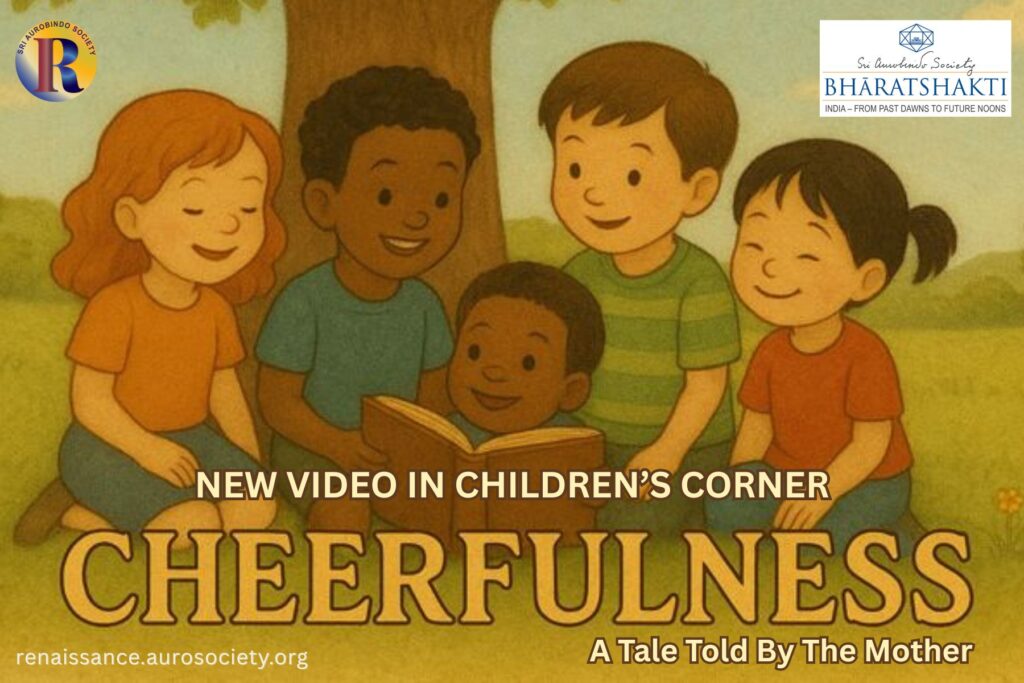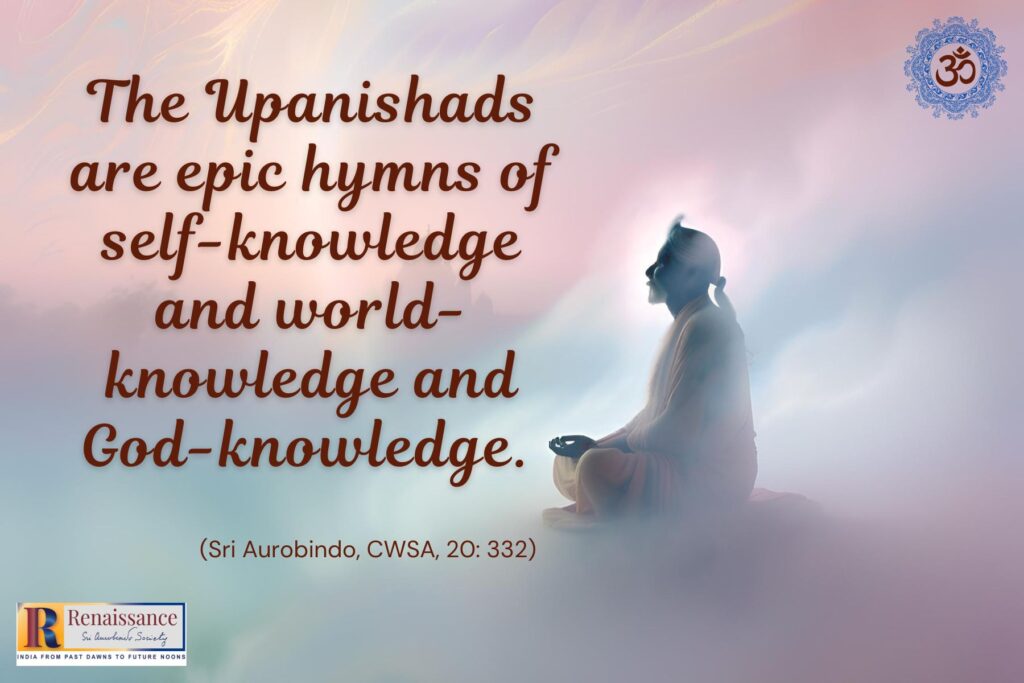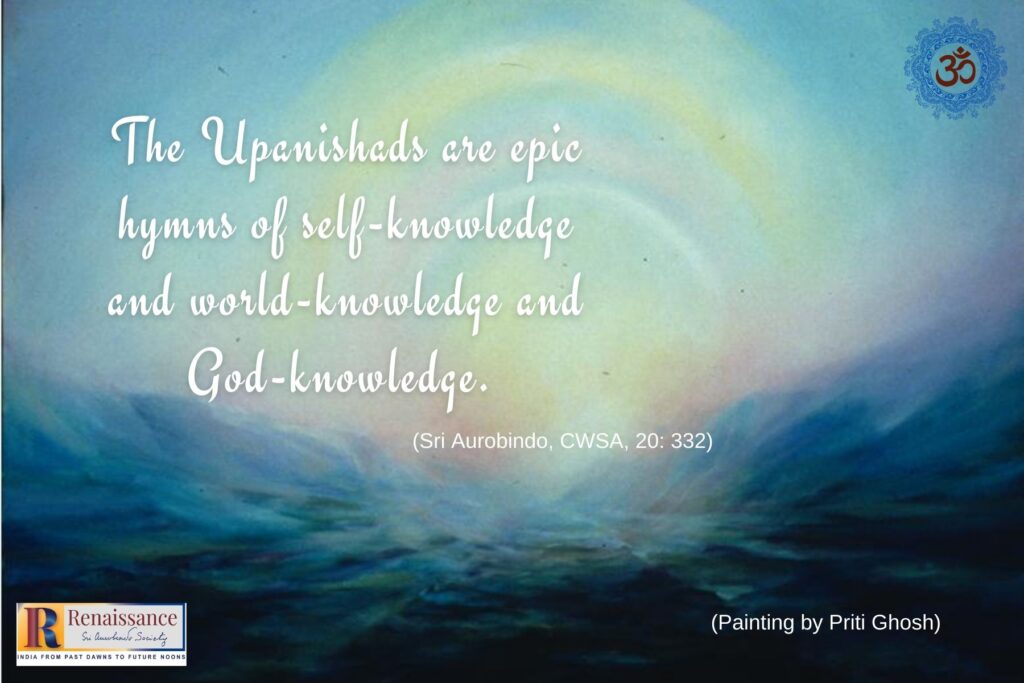Volume V, Issue 6-7
Author: Narendra Murty
Editor’s Note: The author tells the story of a Zen master, Kakua, the first Japanese to study Zen. But no one remembers Kakua. Why? Read on to find the reason. This is a slightly modified version of one of the chapters from the author’s award-winning book titled, An Oak Tree in the Garden: Exploring the World of Zen.

The Story of Kakua
After Kakua visited the emperor he disappeared and no one knew what became of him. He was the first Japanese to study Zen in China, but since he showed nothing of it, save one note, he is not remembered for having brought Zen into his country.
Kakua visited China and accepted the true teaching. He did not travel while he was there. Meditating constantly, he lived on a remote part of the mountain. Whenever people found him and asked him to preach he would say a few words and then move to another part of the mountain where he could be found less easily.
The emperor heard about Kakua and when he returned to Japan he asked him to preach Zen for his edification and that of his subjects.
Kakua stood before the emperor in silence. He then produced a flute from the folds of his robe, and blew one short note. Bowing politely, he disappeared.
No one remembers Kakua as the first teacher of Zen in Japan.
Why? Because he never preached. Yes, he did do something crazy and puzzling like blowing a note on his flute when asked by the emperor to preach, before disappearing forever. But can that be called a preaching? What did it mean? Because nobody understood what that meant, he is not remembered as the first Zen master of Japan.
Masters come in all shapes and temperaments.
Some masters preach and teach the masses out of compassion. Buddha himself travelled, spoke and taught for forty-five years till his death at the age of eighty. A major part of Sri Aurobindo’s life was spent on correspondence with his disciples where he answered all their queries on seeking and sadhana which has resulted in four voluminous books titled Letters on Yoga.
Others have written poetry, sung devotional songs, danced and nourished the spiritually hungry. Rumi, Kabir, Meera, Nanak and the numerous saints of the Bhakti tradition fall under this category.
And some masters led the life of complete withdrawal and solitude. Kakua belonged to that class of recluse masters. He lived in remote mountains. And whenever circumstances brought him in the contact of others and he was pressed to preach, he would make a formality of it and escape again to a more remote location. He spent his life in silence, immersed in the bliss of Nirvana. That was his nature. He was a man of Silence.
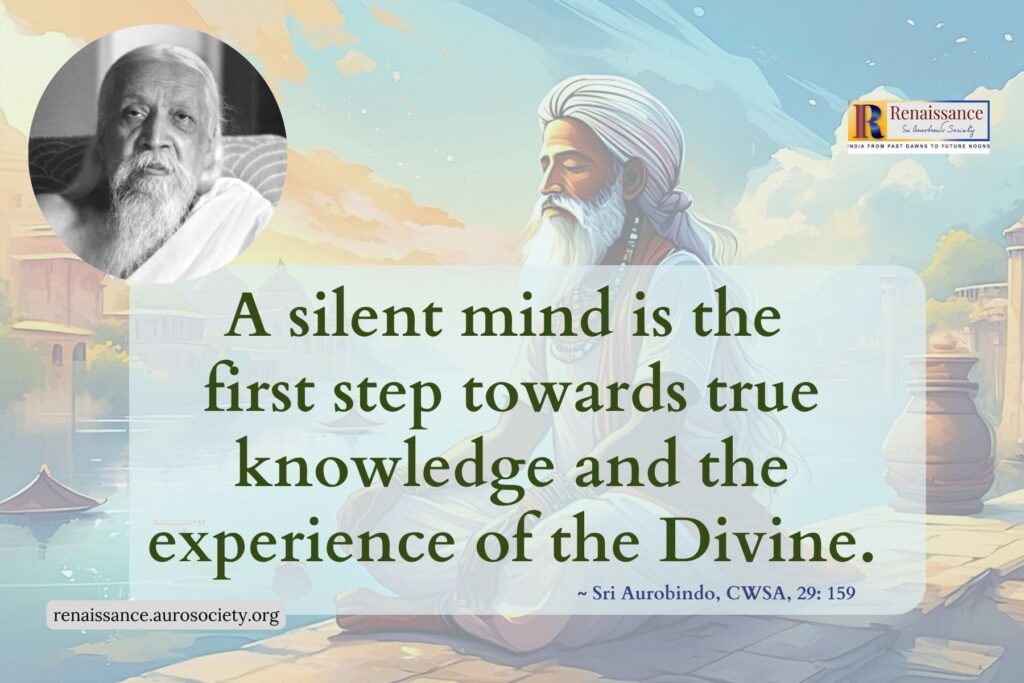
In the course of sadhana there comes a stage when the aspirant feels compelled to withdraw from the din and noise of the world. To journey into the realm of the Spirit, silence and solitude are almost indispensable. In Savitri, Sri Aurobindo describes the withdrawal of Aswapati from the world for the purpose of his tapas in these lucent words:
His soul retired from all that he had done.
~ Sri Aurobindo, Savitri, CWSA, Vol. 33, pp. 78-79
Hushed was the futile din of human toil,
Forsaken wheeled the circle of the days;
In distance sank the crowded tramp of life.
The silence was his sole companion left.
All the noise and din of human strivings were silenced. The noisy movement of life with all its hustle and bustle had faded into a distance. And silence and solitude were the only companions that Aswapati had. This withdrawal, this retreat from the world is an essential part of sadhana.
Theologia Germanica, a work from the Christian mystic tradition penned by an anonymous author sometime in the 14th century in Germany, states:
Even that Eternal Good which is God himself, can never make a man virtuous, good, or happy, so long as it is outside the soul; that is, so long as the man is holding conversation with outward things through his senses and reason, and does not withdraw into himself and learn to understand his own life, who and what he is.
~ Translation by Susanna Winkworth
Not only in the spiritual realm, but even in the realm of science, art and creativity, no great achievements are possible unless a man withdraws into himself to bring new creation out of the depths of his own being. For most people, a truly creative pursuit is not possible sitting in the midst of a crowd surrounded by the noise of the marketplace. Same goes for sadhana.
That is why Kakua chose the life of silence and solitude away from the noise of the world. But when he returned to his native land, the emperor got wind of it and soon he was made to stand before the emperor with the demand for a preaching or a sermon. What could Kakua do? He was not the kind who could give sermons or explain the subtleties of Zen and the meditative life to the masses!
The truth of Nirvana, the bliss of enlightenment is not something that can be conveyed in words.
It is a non-dual experience and cannot be expressed through words which are used to denote duality and multiplicity. When we say “tree”, it is understood that there are things that are not “trees.” Words are useful when we are dealing with the Many. But for the One… when only the “One” is, Only “That” is…. words cannot apply.
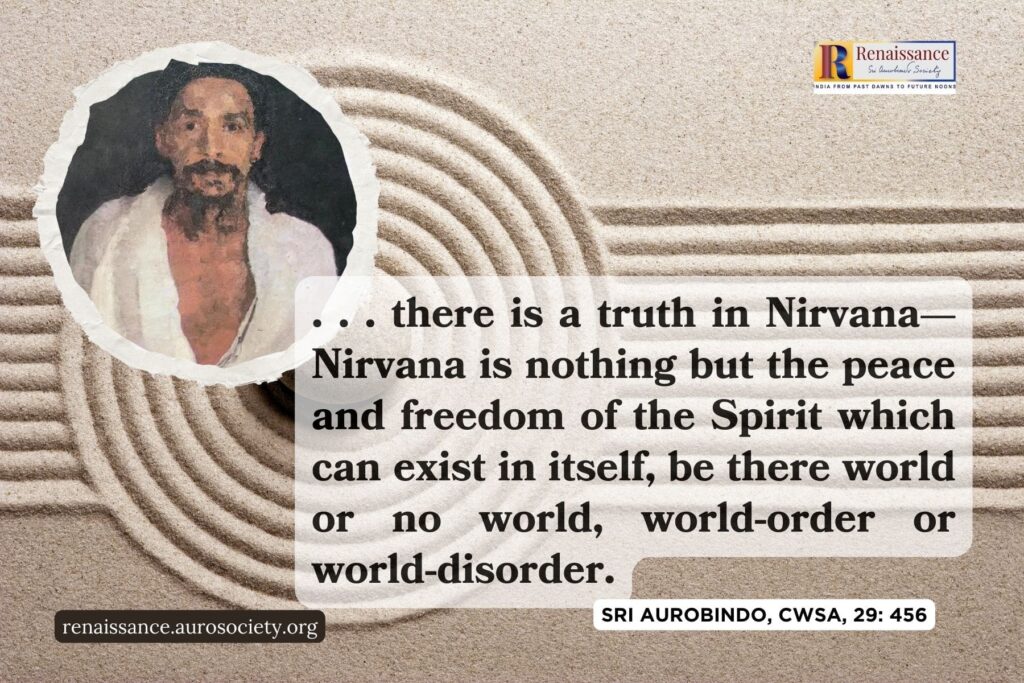
An extraordinary document called The Mystical Theology by St Dionysius the Areopagite, a 6th century Greek Christian mystic, states:
The higher we soar in contemplation, the more limited become our expressions of that which is purely intelligible; when plunging into the Darkness that is above the intellect, we pass not merely into brevity of speech, but even into absolute silence of thoughts and of words.
Thus in our contemplation when we descend from the highest to the lowest, embracing an ever-widening number of conceptions, which increased at each stage of descent, when we take the reverse direction and mount upwards, from below to that which is the highest, according to the degree of transcendence, so our speech is restrained until, when the ascent is complete, we become wholly voiceless.
~ source
If we were to paraphrase the above passage in simpler words, using the analogy of writing a book, we could say that when we enter into a state that is beyond understanding, we shall find only a growing lack of words. In writing ordinary books, we descend from the highest things to the lowest, and the further we descend, greater becomes the volume of our writing. But when we attempt to write a book about the highest, our words become fewer and fewer in proportion to our ascent. And once the ascent is complete, there will be no voice, no words and we would be united with that which is unspeakable. Only one thing can express that state: silence.
The more we move into the dimension of speech and expression, the more we come down from the ethereal heights of that transcendental dimension. We try to catch that Reality with speech, but it escapes. Only silence can express that Reality. Language can give only an indication, an approximation. That is why Zen has been called a finger pointing to the moon. Zen too indicates. Truth itself is beyond thought and speech. The Taittiriya Upanishad declares:
यतो वाचो निवर्तन्ते। अप्राप्य मनसा सह। आनन्दं ब्रह्मणो विद्वान्।
yato vāco nivartante | aprāpya manasā saha | ānandaṁ brahmaṇo vidvān |The delight of the Eternal from which words turn away without attaining and the mind also returneth baffled, who knoweth the delight of the Eternal? the Reality from which speech and thought recoil not being able to comprehend It.
‘ब्रह्म’ का वह आनन्द जहाँ से वाणी कुछ भी प्राप्त किए बिना लौट आती है तथा मन भी विस्मय से चकित होकर लौट आता है, ‘ब्रह्म’ के उस आनन्द को कौन जानता है?
~ taittirīyopaniṣad, 2.4.1
That is why at the higher levels of realization, speech and intellectual expression become less and less. Silence reigns more and more. Ramakrishna gave the example of the honeybee that keeps on humming. But as soon as it sits on the flower and begins to drink the honey, all humming stops. That is the nature of Nirvana.

Read:
Sri Aurobindo on His Silence, Sadhana and Nirvana
Words have their grounding in duality, in multiplicity. The transcendental dimension cannot be conveyed in words. So how could Kakua convey the experience of Nirvana where there are no dualities? He stood before the emperor in silence. But the emperor and his subjects could not understand silence. So Kakua produced a flute from the folds of his dress and played a note.
What is the significance of this?
Nirvana is silence. Silence of the mind and of all the senses. Silence cannot be conveyed. But is there something that can point towards that ineffable dimension? Yes, and it is sound.
According to Tantra philosophy, sound is the first manifestation of the non-dual Absolute when it begins its manifestation of duality. Then come the other expressions of energy like gravity, light, electricity and nuclear energy and that leads to all the multiplicity of forms. But sound is the first manifestation. Sound is the nearest thing to silence. Not words, not poetry, not songs – just sound.
The enlightened masters say that when we become capable of silencing all the outer and internal noise in the depths of meditation then we hear the primal sound of creation. And that Primal Sound is known as OM. The next higher dimension is the silence of Nirvana.
Silence cannot be conveyed. Kakua tried that; he stood before the emperor in silence. The next best thing to silence is sound. Only one note denoting the primal sound which is the nearest thing to silence. But he realized that they could not understand the meaning even of this one note of sound. So he quickly escaped from their presence before they could press him for more and ask him to explain.
The natural, progressive (or regressive) stages would have been music (multiple notes of sound), songs, poetry (sound along with words) and finally speech (words, words and words). But Kakua was too much of a man of silence to come down to the level of speech. So one note of Zen was all he could convey.
He was the first Japanese to study Zen in China, but since he showed nothing of it, save one note, he is not remembered for having brought Zen into his country.
~ Design: Beloo Mehra

